I'm currently developing my first web app and have come up against a problem. When the app is opened the navigation div along the bottom (pictured below) renders fine, same when I rotate the iPad to portrait. But when I rotate from portrait to landscape it seems to maintain the same width, at least until I touch the screen. It’s not a massive problem as it returns to its normal state when I start scrolling but it’s a bit untidy looking. I've attached a few images:
Portrait:

After rotating from Portrait to Landscape:

This is the CSS I'm using for that div:
nav {background-image: linear-gradient(bottom, rgb(0,0,0) 15%, rgb(51,51,51) 69%);
background-image: -o-linear-gradient(bottom, rgb(0,0,0) 15%, rgb(51,51,51) 69%);
background-image: -moz-linear-gradient(bottom, rgb(0,0,0) 15%, rgb(51,51,51) 69%);
background-image: -webkit-linear-gradient(bottom, rgb(0,0,0) 15%, rgb(51,51,51) 69%);
background-image: -ms-linear-gradient(bottom, rgb(0,0,0) 15%, rgb(51,51,51) 69%);
background-image: -webkit-gradient(
linear,
left bottom,
left top,
color-stop(0.15, rgb(0,0,0)),
color-stop(0.69, rgb(51,51,51)));
border-top: 1px solid #000;
text-align: center;
position: fixed;
bottom: 0px;
left: 0px;
width: 100%;
height: 51px;
color:#CCC;
font-size:11.3px;
font-weight:bold;
overflow: hidden;
margin: 0 auto 0;}
Is there a way of getting round this and having the div automatically fill the width of the screen without the user touching it?